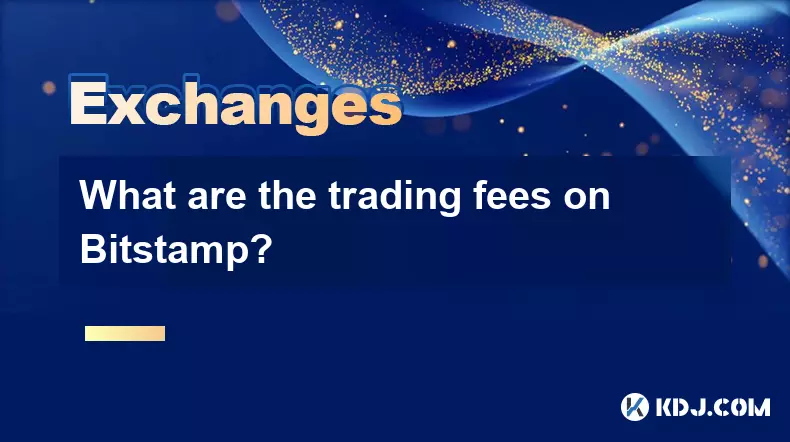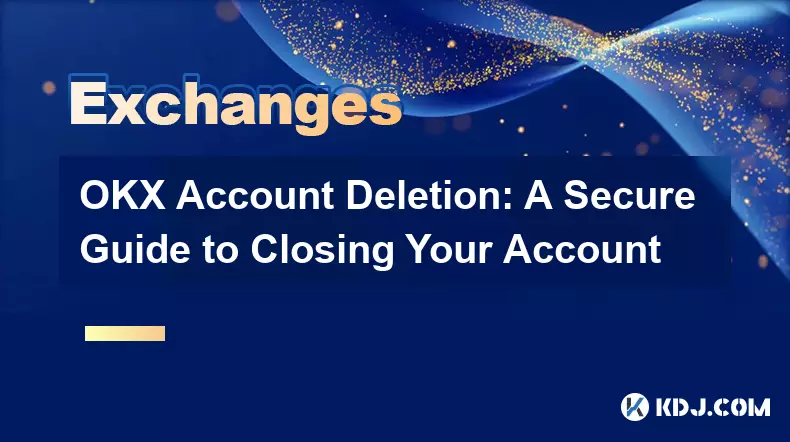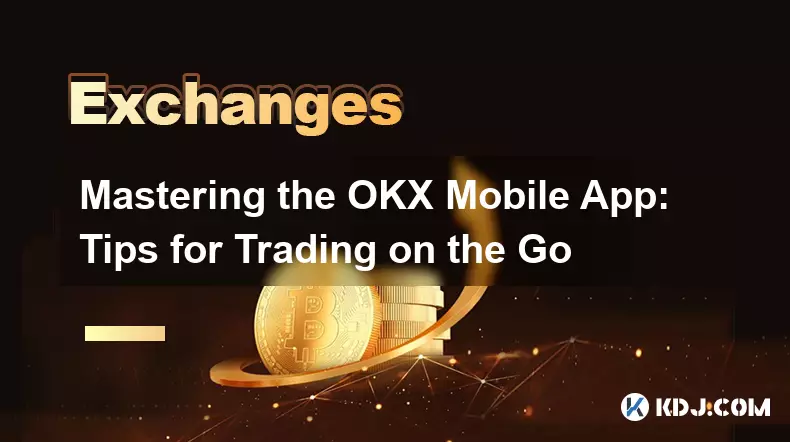-
 bitcoin
bitcoin $102877.190955 USD
1.88% -
 ethereum
ethereum $3430.435064 USD
4.52% -
 tether
tether $0.999264 USD
-0.05% -
 xrp
xrp $2.307310 USD
4.49% -
 bnb
bnb $987.740692 USD
3.82% -
 solana
solana $161.947760 USD
3.97% -
 usd-coin
usd-coin $0.999712 USD
-0.05% -
 tron
tron $0.292810 USD
2.93% -
 dogecoin
dogecoin $0.179738 USD
10.70% -
 cardano
cardano $0.580716 USD
8.75% -
 hyperliquid
hyperliquid $42.463448 USD
8.40% -
 chainlink
chainlink $15.763437 USD
7.05% -
 zcash
zcash $649.595636 USD
17.21% -
 bitcoin-cash
bitcoin-cash $511.610261 USD
7.19% -
 stellar
stellar $0.292537 USD
7.91%
What are the trading fees on Bitstamp?
Bitstamp uses a tiered fee model based on 30-day trading volume, with rates dropping to as low as 0.10% for high-volume traders, while offering free crypto and SEPA deposits.
Oct 10, 2025 at 08:19 pm

Understanding Bitstamp's Fee Structure
1. Bitstamp operates with a tiered fee model based on the user’s 30-day trading volume. The more a user trades, the lower the fees they incur. This structure encourages active participation and rewards high-volume traders with reduced costs.
2. For standard users, the trading fee starts at 0.40% for both makers and takers. This rate applies to individuals who have not reached significant trading thresholds within the preceding month. While this may seem higher than some competitors, Bitstamp compensates with strong security and regulatory compliance.
3. As trading volume increases, fees decrease incrementally. Users who trade between $20,000 and $100,000 in a 30-day period see their fees drop to 0.35%. Higher tiers continue to reduce the cost, benefiting institutional investors and professional traders.
4. At the highest volume tier—over $2 million traded in 30 days—fees can go as low as 0.10% for both maker and taker orders. These rates are competitive with major exchanges and reflect Bitstamp’s focus on serving serious market participants.
5. It is important to note that Bitstamp charges separate fees for deposits and withdrawals. While trading fees apply to buying and selling activity, network or processing fees may be associated with moving funds into or out of the platform, especially for cryptocurrency withdrawals.
Fee Differentiation Between Makers and Takers
1. Unlike many other exchanges, Bitstamp does not differentiate between maker and taker fees. Both order types are charged the same rate across all volume tiers. This simplifies cost calculation for traders but may not incentivize limit order placement as strongly as exchanges that reward makers with lower or zero fees.
2. The absence of a distinct maker rebate means liquidity providers do not receive preferential pricing. Traders placing limit orders that add depth to the order book pay the same percentage as those executing market orders that remove liquidity.
3. This flat approach benefits users who prefer straightforward pricing models. However, algorithmic traders or high-frequency operators might find platforms with differentiated fees more economically advantageous due to the volume and nature of their strategies.
4. Despite the lack of fee separation, Bitstamp maintains consistent order execution and transparent market data, which supports fair trading conditions regardless of order type.
5. Users should factor in this uniform fee structure when evaluating net profitability, particularly in strategies involving frequent entry and exit where cumulative fees can impact returns.
Deposit and Withdrawal Charges on Bitstamp
1. Bitstamp allows free deposits for most cryptocurrencies, including Bitcoin, Ethereum, and Litecoin. This policy lowers the barrier for users funding their accounts and aligns with industry standards among established exchanges.
2. Fiat deposits via SEPA bank transfer are also free, making it cost-effective for European users to onboard euros. Credit card or alternative payment methods may carry additional fees and are subject to change based on partner agreements.
3. Cryptocurrency withdrawal fees are fixed per network and updated periodically to reflect blockchain congestion and miner costs. For example, BTC withdrawals typically incur a small satoshi-per-byte fee, while ETH and ERC-20 tokens follow gas-based pricing.
4. Fiat withdrawals, such as converting crypto proceeds back to EUR or USD, may involve processing fees depending on the method. SEPA withdrawals usually carry a nominal charge, while SWIFT transfers are significantly more expensive due to banking intermediary costs.
5. Users must review the current fee schedule on Bitstamp’s official website before initiating transactions, as withdrawal amounts and network conditions can influence final costs.
Frequently Asked Questions
Q: Does Bitstamp offer any fee discounts for holding a native token?A: No, Bitstamp does not have a native exchange token and therefore does not provide fee reductions based on token ownership. Fee discounts are solely determined by trading volume.
Q: Are there hidden fees when trading on Bitstamp?A: Bitstamp maintains transparency in its pricing. All trading fees are clearly listed, though users should account for potential network fees during withdrawals, which are separate from trading costs.
Q: How often are trading fees calculated and applied?A: Fees are applied immediately upon execution of each trade. The 30-day trading volume used to determine fee tiers is calculated continuously and updated in real time on the user’s account dashboard.
Q: Can I reduce my fees by using a specific order type?A: Since Bitstamp does not distinguish between maker and taker fees, order type does not affect the fee percentage. Volume remains the only variable that influences rate reduction.
Disclaimer:info@kdj.com
The information provided is not trading advice. kdj.com does not assume any responsibility for any investments made based on the information provided in this article. Cryptocurrencies are highly volatile and it is highly recommended that you invest with caution after thorough research!
If you believe that the content used on this website infringes your copyright, please contact us immediately (info@kdj.com) and we will delete it promptly.
- BlockDAG, Avalanche, Dogecoin: Crypto's Leading Trio in 2025
- 2025-11-07 22:05:01
- Layer 2 Coins: Will There Be a Potential Explosion by 2026?
- 2025-11-07 16:50:02
- Filecoin, ICP, and the AI Infrastructure Renaissance: Is History Repeating?
- 2025-11-07 16:50:02
- Bitcoin's Wild Ride: Surges, Zeros, and the Search for Stability
- 2025-11-07 17:05:01
- XRP, Bitcoin, and the Rally: What's the Deal, New York?
- 2025-11-07 17:25:01
- Filecoin, DePIN, and a Technical Breakout: What's the Buzz?
- 2025-11-07 17:05:01
Related knowledge

Common Mistakes to Avoid on OKX: A Guide for New Traders
Nov 04,2025 at 03:37pm
Understanding the Interface Before Trading1. New traders often jump into placing orders without fully exploring the OKX platform layout. Taking time t...

OKX TradingView Integration: A Guide to Advanced Chart Analysis
Nov 02,2025 at 03:37am
OKX and TradingView: Bridging the Gap for Professional Traders1. OKX, one of the leading cryptocurrency exchanges, has integrated with TradingView to ...

Finding Your OKX Deposit Address: A Quick and Safe Guide
Nov 05,2025 at 01:15pm
Finding Your OKX Deposit Address: A Step-by-Step Process1. Log into your OKX account using your registered credentials. Ensure you are accessing the o...

OKX Savings Guide: A Low-Risk Strategy for Earning Crypto
Nov 05,2025 at 06:55am
Understanding OKX Savings and Its Role in Crypto Earnings1. OKX Savings offers users a straightforward method to earn passive income by leveraging idl...

OKX Account Deletion: A Secure Guide to Closing Your Account
Nov 05,2025 at 08:44am
Understanding the Implications of Account Closure1. Closing your OKX account permanently removes access to all associated trading features, including ...

Mastering the OKX Mobile App: Tips for Trading on the Go
Nov 05,2025 at 01:19am
Streamlined Navigation for Efficient Trading1. The OKX mobile app features a clean and intuitive interface that allows traders to access key functions...

Common Mistakes to Avoid on OKX: A Guide for New Traders
Nov 04,2025 at 03:37pm
Understanding the Interface Before Trading1. New traders often jump into placing orders without fully exploring the OKX platform layout. Taking time t...

OKX TradingView Integration: A Guide to Advanced Chart Analysis
Nov 02,2025 at 03:37am
OKX and TradingView: Bridging the Gap for Professional Traders1. OKX, one of the leading cryptocurrency exchanges, has integrated with TradingView to ...

Finding Your OKX Deposit Address: A Quick and Safe Guide
Nov 05,2025 at 01:15pm
Finding Your OKX Deposit Address: A Step-by-Step Process1. Log into your OKX account using your registered credentials. Ensure you are accessing the o...

OKX Savings Guide: A Low-Risk Strategy for Earning Crypto
Nov 05,2025 at 06:55am
Understanding OKX Savings and Its Role in Crypto Earnings1. OKX Savings offers users a straightforward method to earn passive income by leveraging idl...

OKX Account Deletion: A Secure Guide to Closing Your Account
Nov 05,2025 at 08:44am
Understanding the Implications of Account Closure1. Closing your OKX account permanently removes access to all associated trading features, including ...

Mastering the OKX Mobile App: Tips for Trading on the Go
Nov 05,2025 at 01:19am
Streamlined Navigation for Efficient Trading1. The OKX mobile app features a clean and intuitive interface that allows traders to access key functions...
See all articles





















![The Graph Price Prediction [GRT Crypto Price News Today] The Graph Price Prediction [GRT Crypto Price News Today]](/uploads/2025/11/07/cryptocurrencies-news/videos/690d4df44fe69_image_500_375.webp)



















































